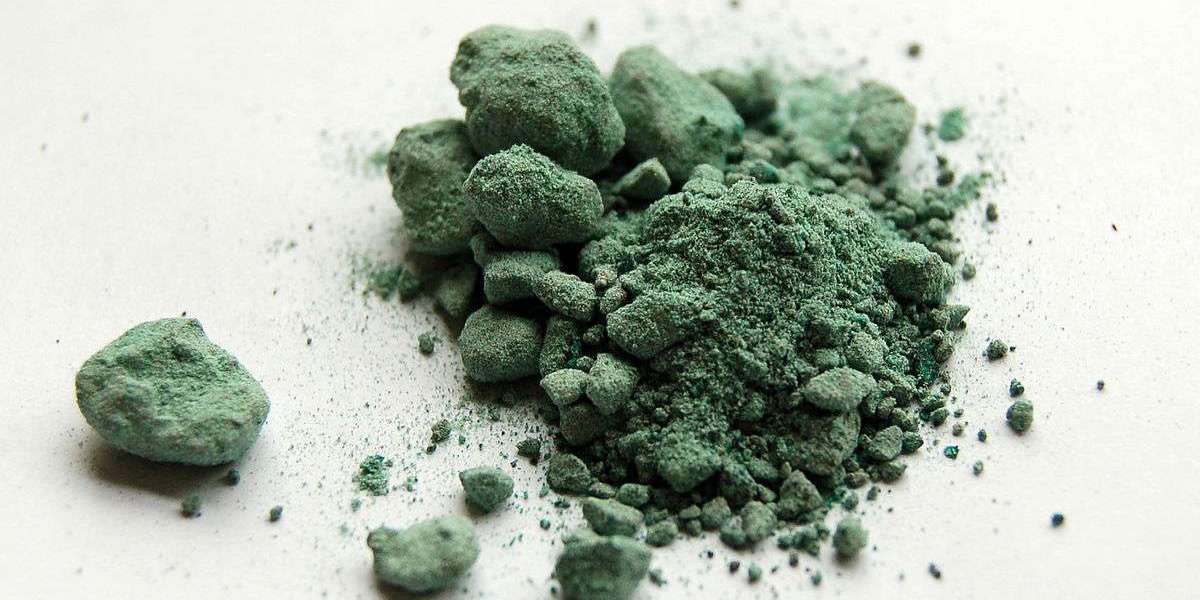Background and purpose: In the past decade, various yellow light lasers have been used to eradicate facial telangiectasia. Depending on their power output, spot size, and pulse characteristics, these lasers belong to one of two classes of lasers that exist at either end of the spectrum - high power, short pulse, and large spot size, or low power, long exposure, and small spot size. CuBr lasers clearly belong to the latter group, but with a higher available power compared to most other lasers in this group, it exists further along the spectrum in areas where the laser parameters may be considered closer to the theoretical ideal for the treatment of certain skin vascular lesions. The objective of this study was to determine the effect and efficacy of CuBr laser in the treatment of various facial telangiectasia.
Study design/Materials and methods: A total of 570 facial telangiectasia patients with different diameters and different areas of the face received one or more CuBr laser treatments and were followed for 5 years.
Results: 70% of patients achieved more than 75% clearance, 17.4% achieved 50-75% clearance and 12.6% achieved less than 50% clearance. The adverse outcome was related to the anatomical position of the alar and tip of the nose and the size of the blood vessels. Very small (<100 microns) and very large (>300 microns) blood vessels did not respond as well as those in the 100-300 micron diameter group. Very large blood vessels respond better to the combination of sclerotherapy and laser therapy. No long-term adverse effects have been reported.
Conclusion: CuBr laser is a safe and effective treatment for facial telangiectasia. It is not well suited for treating very small vascular lesions, such as diffuse erythema, and conversely, for treating very large blood vessels and blood vessels in the nasal cavity. The latter two groups had a better and longer-lasting response to combined sclerotherapy and laser therapy.








